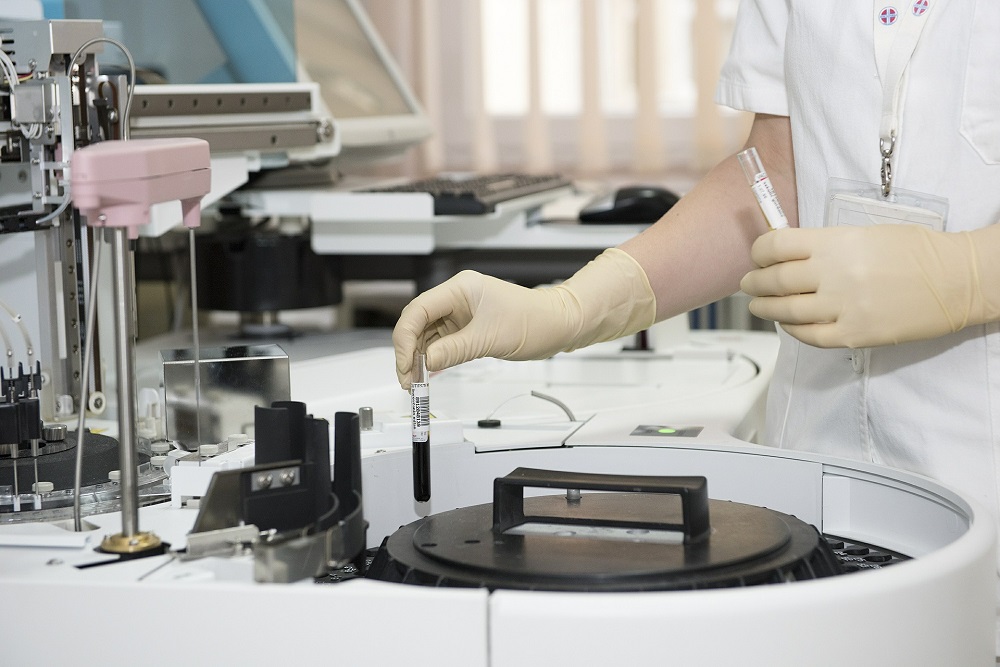A study paper published in Cancer Cell in early 2019, revealed a scientific breakthrough which gave breast cancer patients a new way to turn cancer cells into fat.
It was conducted by a team of researchers in Switzerland at the University of Basel. The team worked with a group of mice which they implanted a form of aggressive human breast cancer cells.
The researchers then treated them with rosiglitazone, an antidiabetic drug, as well as administering cancer treatment called trametinib.
The process can only be done when the team made a weird pathway they could use by metastasizing cancer cells.
For that, the team experimented and use the method called epithelial-mesenchymal transition (EMT). The process involves changing the epithelium formation – which is when wounds on the skin occur or forming new organ tissues for the fetus – to a more fluid type of stem cell called mesenchyme.
A 2016 study stated that by using EMT is possible for cancer to use to create a pathway and metastasise. The said study also concluded that using the reverse pathway called mesenchymal-to-epithelial transition (MET) can be used as well.
Once the drugs were administered by using the transition pathways, the spreading of the cancer cells was stopped. And instead, it turned into fat cells which the researchers called the process as adipogenesis.
As the team penned in their paper:
The results indicate that in a patient-relevant setting combined therapy with rosiglitazone and trametinib specifically targets cancer cells with increased plasticity and induces their adipogenesis.
The result shows that every cancer cell which underwent change into the fat cell was successful since the “new fat cells” didn’t change back as potential malignant cancer cells.
A biochemistry professor at the University of Bael, Gerhard Christofori, told that “cancer cells that underwent an EMT” process did not only changed but were “also completely stopped proliferating.”
He also added that this confirms that the “cancer cells-turned-fat cells” will stay as fat cells and will “not revert back to breast cancer cells.”
How cancer cells were stopped
When the trametinib drug was applied, it boosts the transition process of the cancer cells to turn into stem cells. Which then also increases the reconstruction of the turned stem cells into fat cells.
The combination of trametinib drug to rosiglitazone while executing the adipogenic differentiation therapy helped the efficient conversion of stem cells into fat cells.

These images were released by Department of Biomedicine at the University of Basel. The green fluorescent protein (GFP) in the left image indicates cancer cells while the normal lipid-filled adipocyte can be seen as red.
On the other hand, the odd-looking dark-yellowish orbs were the converted GFP-expressing cancer cells – which were previously green.
The reason why it changed color was that it underwent trans-differentiation therapy, which led to combining the red color to green and then resulted in the change of dark-yellow hue.
Many mouse-tested clinical treatments were done in the past and usually failed during the trial stage. However, the breakthrough of this cancer cell treatment showed promise even though it was still in their first step process.
As of this moment, the team is taking extra measures of it is possible to combine it with chemotherapy as well as testing it if it can be applied for other types of cancers.







